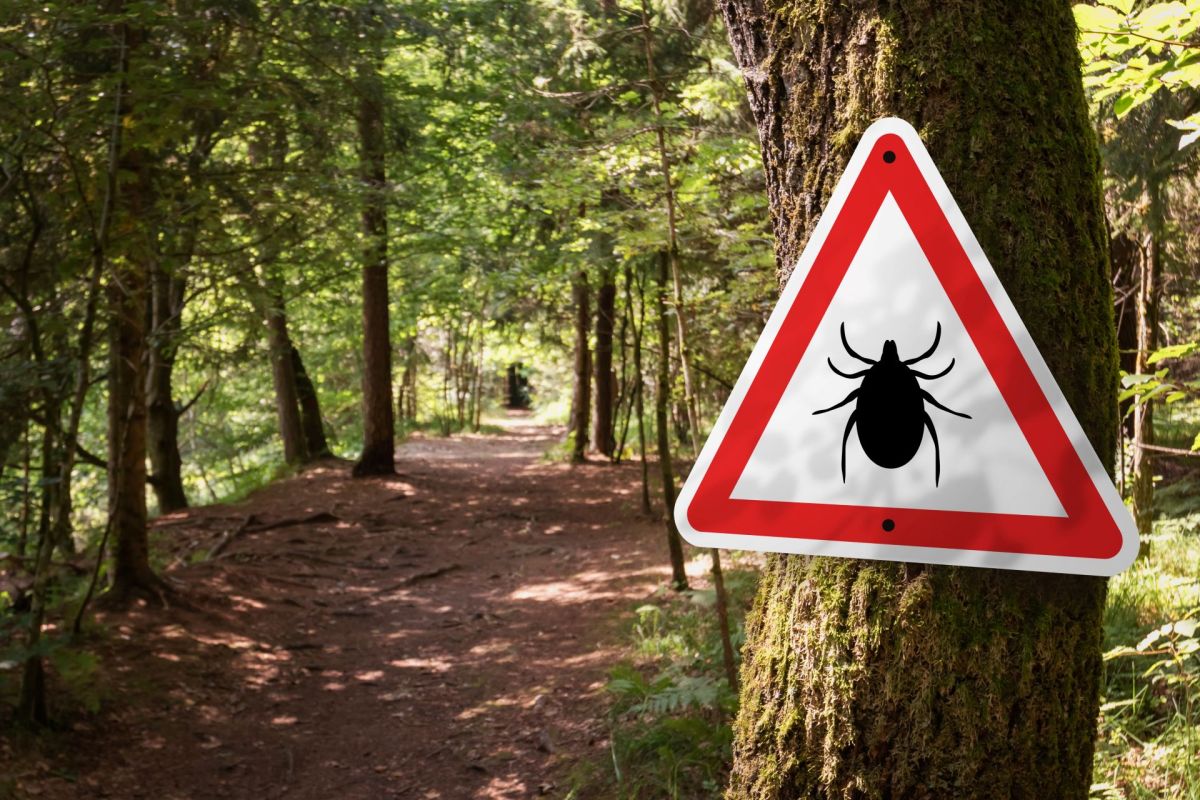Deer ticks are taking advantage of warming temperatures and moving northward — and carrying vector-borne diseases like Lyme disease with them.
What's happening?
According to research published in Remote Sensing, Lyme disease risk doubled in the Canadian province of Quebec and tripled in Manitoba between 2000 and 2015. Lyme disease cases in Canada have increased from 144 people in 2009 to 992 in 2016.
Scientists believe that the northward migration of the deer tick is caused by a diminishing number of cold weather days in the country, which previously killed off the ticks. As a result, the warm environment in central and eastern Canada is slowly becoming prime territory for deer ticks, along with any diseases they may be carrying.
Why are public health experts concerned?
Lyme disease, which is caused by a Borrelia bacterium, is transmitted through the bite of infected deer ticks, otherwise known as blacklegged ticks. The symptoms range in severity from fatigue, headache, and skin rash to joint, heart, and nervous system damage. Lyme disease is treatable with proper antibiotics and prompt medical intervention.
Although Lyme may not result in lifelong, debilitating illness for all individuals, the disease does significantly affect healthcare costs, days lost from work, and the additional costs associated with treating pets that develop Lyme disease.
Research published by the Johns Hopkins Bloomberg School of Public Health and collaborators claims that Lyme disease costs the U.S. healthcare system between $712 million and $1.3 billion annually. In addition, a 2015 study found that 42% of the 6,000 chronic Lyme patients studied had to cut back on work or quit working because of their symptoms.
What is being done?
Individuals are urged to be wary of potential tick habitats, such as areas with high grasses or wooded areas, and to take appropriate action to prevent tick bites. This includes checking clothing, pets, surfaces, and body parts after spending time outside.
Since ticks contract Lyme disease from infected small rodents like white-footed mice, it is essential for property owners to keep an eye on potential nesting sites, like wood piles and rock walls.
Join our free newsletter for cool news and cool tips that make it easy to help yourself while helping the planet.









